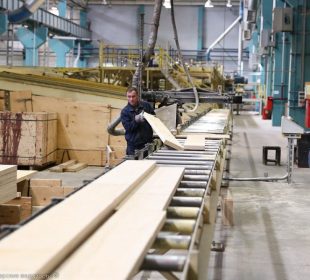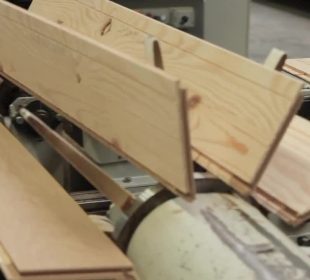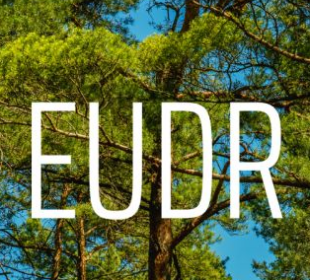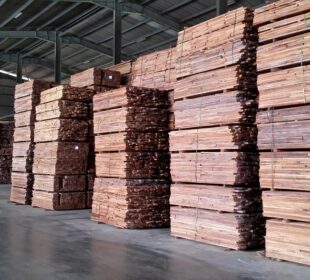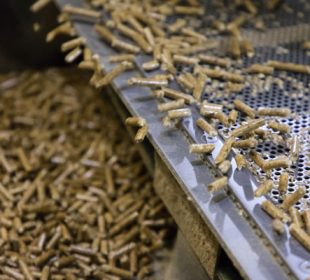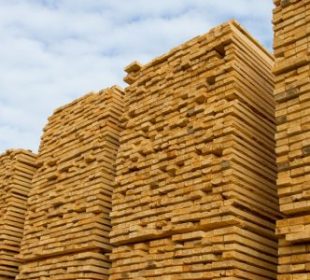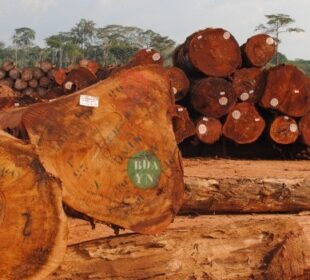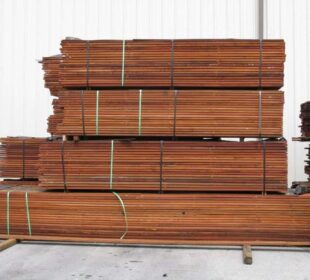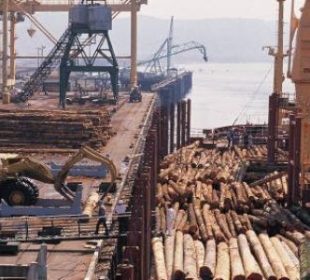Efforts to increase uptake of lesser-known species have come not just from the industry, but also from NGOs and the FSC, notably FSC Denmark and Netherlands.
One importer acknowledged that ekki and greenheart’s all round durability and technical characteristics, notably their resistance to abrasion and marine borers and promise of service life up to 60 years in salt and fresh water, made them difficult to beat. However, said an importer, often these species are specified through tradition or for convenience in associated works alongside ekki and greenheart projects where their properties are not needed.
“Specifying timber more in ‘fit-for-purpose’ terms, with mixed species allowed, would lead to development of a more diverse timber trade, in turn supporting sustainable forestry, improving prices and fully utilising sawmills’ capacity in producer countries,” said a company spokesperson.
Among species importers said they were highlighting for marine construction included basralocus, opepe, okan, eveuss and massaranduba.
Since launching its STTC-backed lesser-known timber species website in 2016, FSC Denmark also reports increased visitor traffic. Prominent on the site are case studies of marine applications of such varieties as bilinga, massaranduba and basralocus.
In the UK there is also a 25-year public/private partnership project, the Pevensey Bay Sea Defence scheme, to evaluate a range of tropical species, including purpleheart and eveuss, alongside plastic composite.
Specialist in the field, Dr John Williams, principal consultant (materials and structures) at international environmental consultancy RSK, believes there is considerably more scope for developing the range of tropical hardwoods used in marine applications to the benefit of the timber industry and the forest.
“As the STTC concluded in its report on Suriname and the potential of its lesser used species, if we can use more of this material, responsibly sourced, it adds to the value of the forest and will provide an incentive for sustainable management,” he said.
What is needed to achieve this, however, is more testing and performance data, especially strength testing of timber for sea defences. Dr Williams has worked with Portsmouth University on accelerated trials for marine timber abrasion and shipworm resistance. He is also involved in research in developing alternative proofs, to the European standard D class system for timber structural strength, with a paper set for industry consultation once complete.
Research requires funding, however, and Dr Williams suggested that more should come from the timber industry.
He also maintained that now is the time to act, particularly, due to growing concerns about marine plastic pollution, with one competitor potentially disadvantaged.
“The industry has to provide the data to make it straightforward for specifiers, such as local government, to choose timber for this work. If it isn’t and given the level of competition in the market, there may come a point where they lose patience with wood and, for instance, order Norwegian granite for rock armour instead,” he said.
“Timber has a huge opportunity here, but it needs a joined up, collective effort to be realised.”


